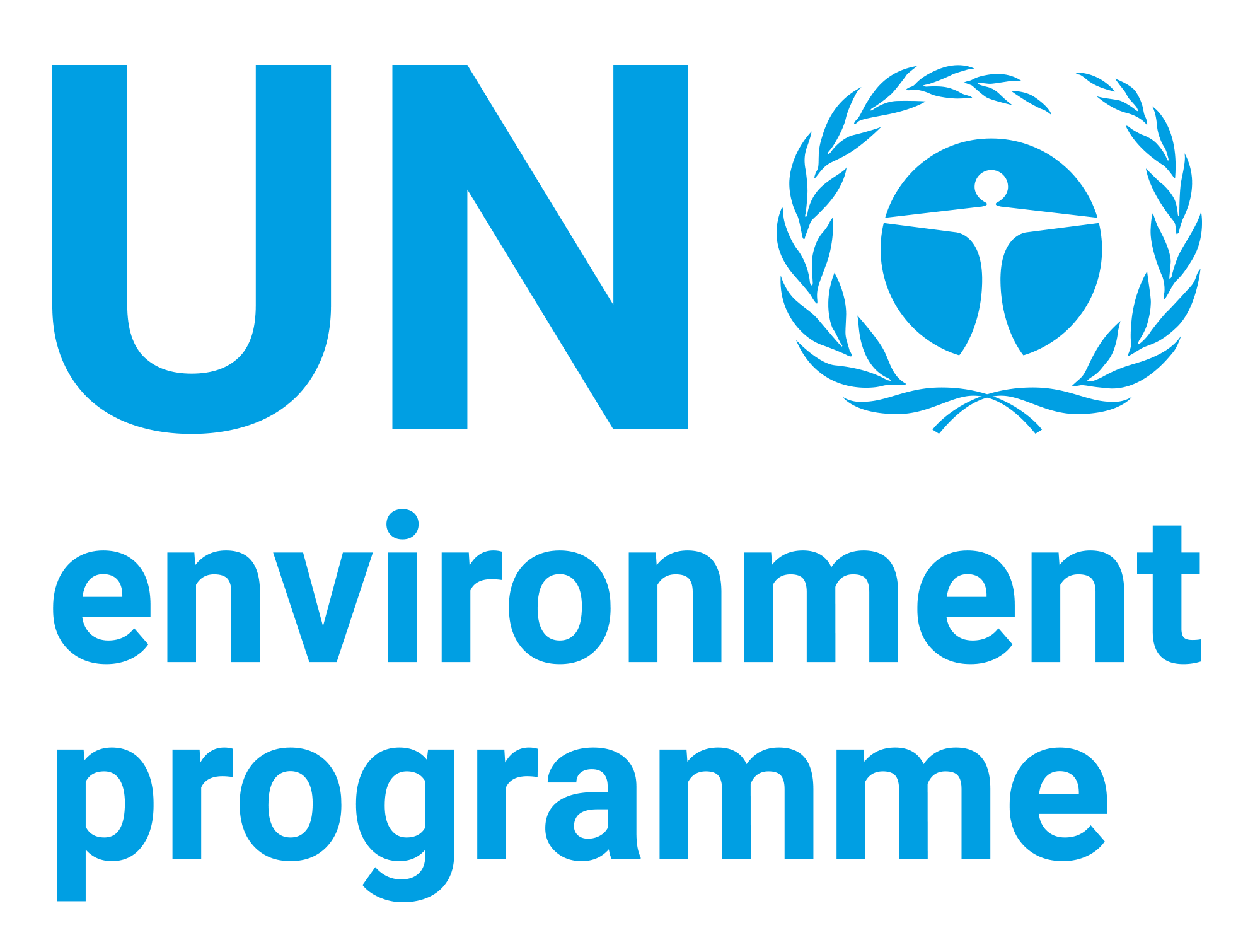Protected areas: an effective tool to reduce emissions from deforestation and forest degradation in developing countries

Date
2008Author
United Nations Environment Programme World Conservation Monitoring Centre
Citation Tool
Bibliographic Managers
RT Generic T1 Protected areas: an effective tool to reduce emissions from deforestation and forest degradation in developing countries A1 United Nations Environment Programme World Conservation Monitoring Centre YR 2008 LK https://wedocs.unep.org/20.500.11822/8554 PB UNEP AB TY - GEN T1 - Protected areas: an effective tool to reduce emissions from deforestation and forest degradation in developing countries AU - United Nations Environment Programme World Conservation Monitoring Centre Y1 - 2008 UR - https://wedocs.unep.org/20.500.11822/8554 PB - UNEP AB - @misc{20.500.11822_8554 author = {United Nations Environment Programme World Conservation Monitoring Centre}, title = {Protected areas: an effective tool to reduce emissions from deforestation and forest degradation in developing countries}, year = {2008}, abstract = {}, url = {https://wedocs.unep.org/20.500.11822/8554} } @misc{20.500.11822_8554 author = {United Nations Environment Programme World Conservation Monitoring Centre}, title = {Protected areas: an effective tool to reduce emissions from deforestation and forest degradation in developing countries}, year = {2008}, abstract = {}, url = {https://wedocs.unep.org/20.500.11822/8554} } TY - GEN T1 - Protected areas: an effective tool to reduce emissions from deforestation and forest degradation in developing countries AU - United Nations Environment Programme World Conservation Monitoring Centre UR - https://wedocs.unep.org/20.500.11822/8554 PB - UNEP AB -View/Open
Item Statistics
Display item statisticsMetadata
Show full item recordDescription
Forests play a key role in the global carbon cycle, absorbing and storing carbon in their biomass and soils. The UN Framework Convention on Climate Change (UNFCCC) discussions on reducing emissions from deforestation and degradation (REDD) in developing countries result from a recognition of the substantial greenhouse gas emissions resulting from deforestation, especially in the tropics. Depending on the method of forest clearing and the subsequent use of the felled trees and land, deforestation not only releases the carbon stored in the above ground biomass, but leads to decomposition of roots and mobilization of soil carbon.
Collections
Document Viewer
To read more, scroll down below.
Related items
Showing items related by title, author, creator and subject.
-
Addendum to the Emissions Gap Report 2021: A Preliminary Assessment of the Impact of New or Updated Nationally Determined Contributions, other 2030 Pledges and Net-Zero Emissions Pledges Announced or Submitted Since the Cut-Off Dates of The Emissions Gap Report 2021
United Nations Environment Programme (2021)This note provides a preliminary assessment of the implications of the new or updated nationally determined contributions (NDCs), other 2030 mitigation pledges and net-zero announcements made after the cut-off dates used ... -
Chapter 6. The role of anthropogenic methane emissions in bridging the emissions gap - Emissions Gap Report 2021: The Heat Is On – A World of Climate Promises Not Yet Delivered
United Nations Environment Programme (2021)This chapter assesses the role of methane in the NDCs and in bridging the emissions gap, and considers options for cost-effective reductions of the otherwise growing emissions of methane. -
Chapter 2. Global Emissions Trends and G20 Status and Outlook - Emissions Gap Report 2020
Science Division (United Nations Environment Programme, 2020)This chapter assesses the latest trends in greenhouse gas (GHG) emissions and the progress of G20 members towards both the Cancun Pledges for 2020 and nationally determined contributions (NDCs) for 2025 and 2030. Throughout ...




